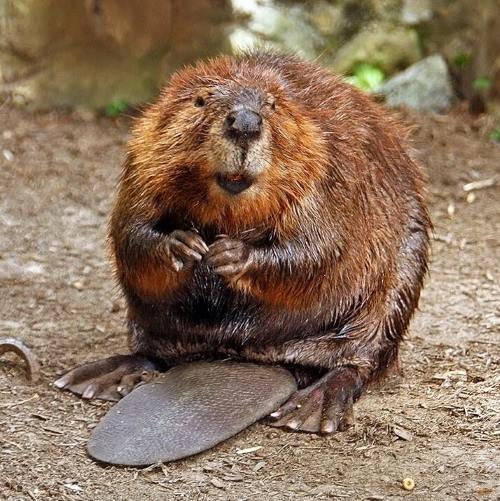The birds are coming, and we encourage everybody to get outside and enjoy spring birding…
Debbie Schlenoff
A shout out to Dave Stone for reporting on the Endangered Species Act (ESA) during its 40-year anniversary. This is a powerful law with the potential to make a great deal of difference for the protection of species and ecosystems. However, vigilance is required against the many political attempts to weaken the law and slash funding.
Conservation Column: May-June 2013
Caching In: Birds and Food Storage
Debbie Schlenoff
A shout out to Dave Stone for reporting on the Endangered Species Act (ESA) during its 40-year anniversary. This is a powerful law with the potential to make a great deal of difference for the protection of species and ecosystems. However, vigilance is required against the many political attempts to weaken the law and slash funding. I am happy to report that a timber industry proposal to eliminate critical habitat and weaken other ESA protection for the Marbled Murrelet was rejected by a D.C. district court this month. Protection remains in place for this threatened sea bird that nests in old-growth coastal forests of the Northwest. Likewise, the proposed Goose timber project near McKenzie River has been halted pending further environmental analysis. A judge found that the Forest Service failed to properly analyze the impacts of the 2,100-acre logging project. In other news, a new federal water management plan for the Klamath Basin would divert water for irrigation. The ESA requires that federal projects be reviewed for potential harm to listed species, in this case, threatened salmon. Oregon Wild and WaterWatch of Oregon have filed a notice of intent to sue since the irrigation plan was initiated before the National Oceanic and Atmospheric Administration (NOAA) Fisheries had a chance to complete their review.
In the last issue of The Quail, we noted that birds have a remarkable ability to remember past interactions both with people and with other birds. Their prodigious memory skills also come in handy when it’s dinnertime. Many birds store (or cache) seeds and nuts in the fall so that they may have a source of food during the winter months. Birds such as chickadees and jays can remember the location of tens of thousands of nuts that they have cached away. In some members of the corvid family, the birds recall not just where the food was hidden but also the details of what and when, a skill known as “episodic memory.” If given a choice between wax worms and peanuts, the birds prefer wax worms (who wouldn’t?). But if the birds are shown that the wax worms spoil after a few days, they will alter their decisions based on how long it has been since they cached the food. In one study, birds were allowed to cache both peanuts and wax worms. When they returned to their cache sites in less than a few days, the jays preferentially retrieved the wax worms from their hiding places. But if more time had elapsed, the jays went to where they had previously stored the peanuts (since by that time, the wax worms would have spoiled).
Even when paying attention to what they are hiding—and where and when—birds will take note of yet another important consideration. If you were burying a treasure, would you do so in the presence of a thief? Chickadees will hide food out of sight of other chickadees or nuthatches (who also cache food). But if the only other birds around are juncos, who do not cache food, the chickadees will hide the food in plain sight of the juncos. Likewise, if jays are caching food in another jay’s presence, and are later offered the opportunity to go back to their hiding spots, they will retrieve and rebury their stores, but only the ones that were buried in sight of the other birds. Tellingly, birds that had been allowed to steal someone else’s cache previously were much more likely to recache than were naïve birds who had never experienced the act of pilfering. Takes a thief to know a thief?



